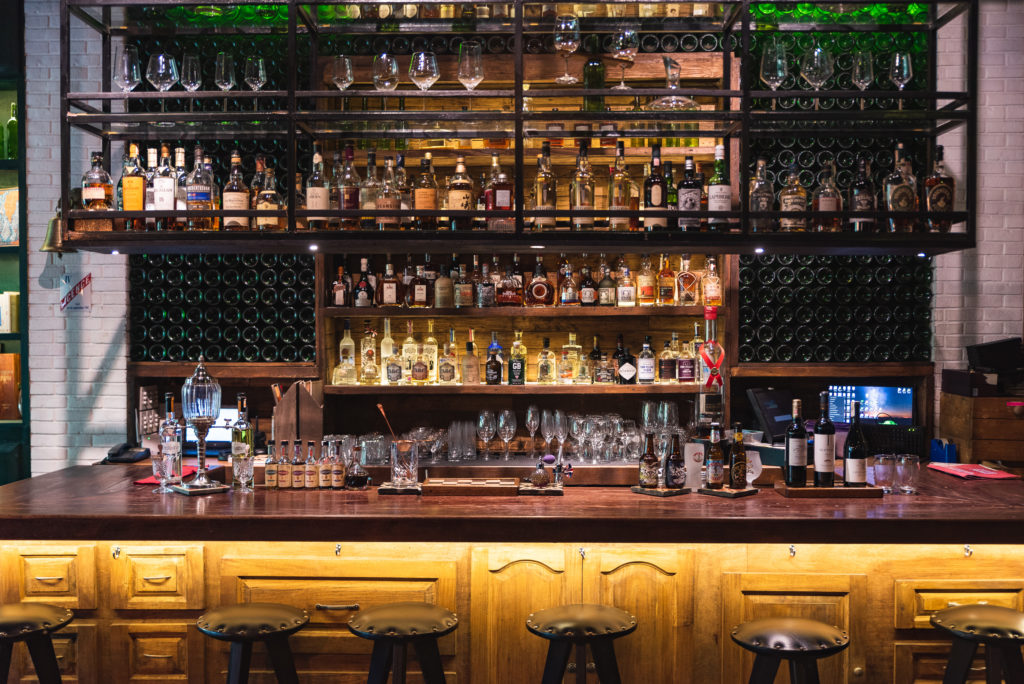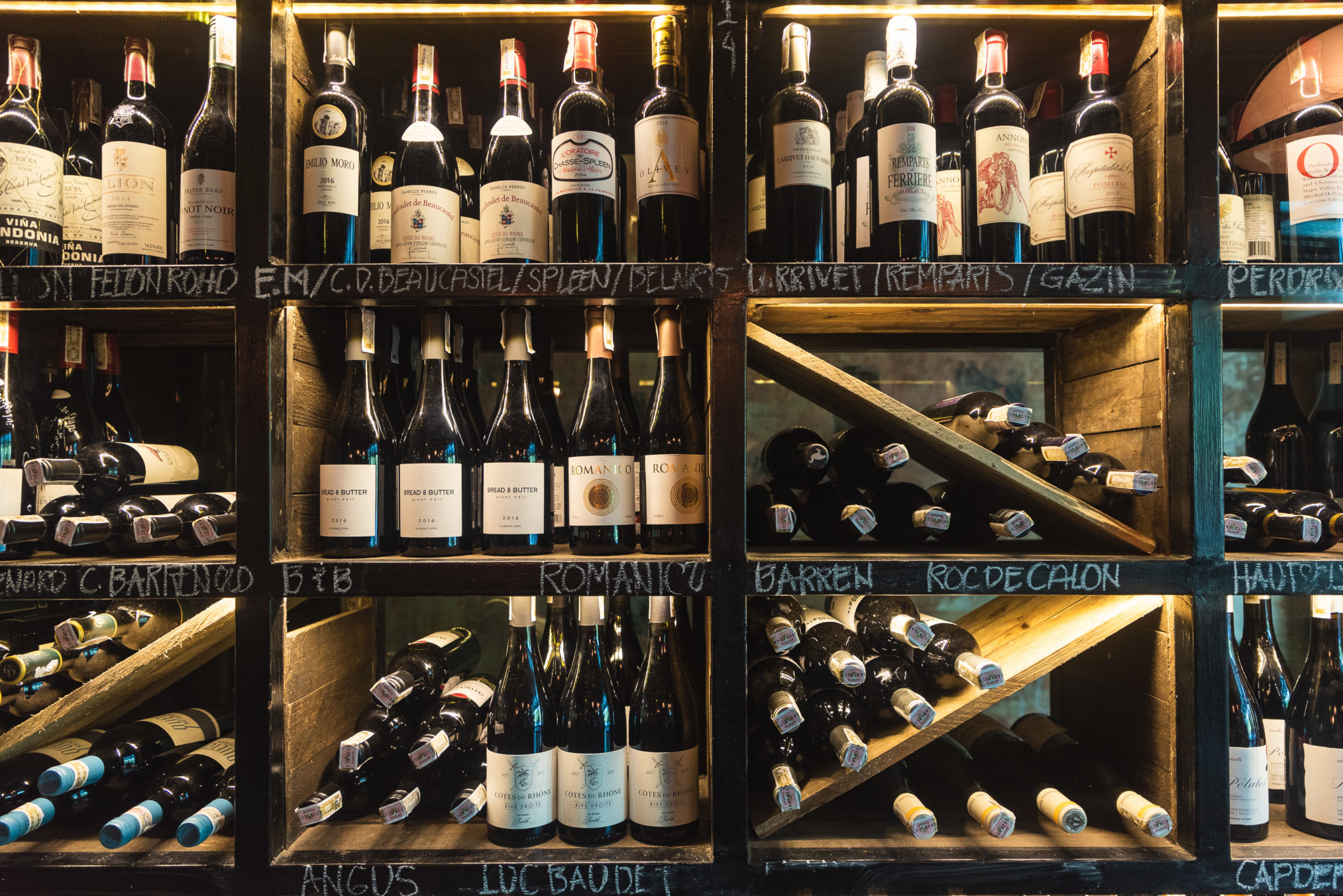When it comes to wine and food pairings, “There are no rules,” says Dr. Wine sommelier Charles Seguin. There are only tips and suggestions because at the end of the day, it’s the wine drinker’s preference that will determine the pairing. That said, it’s the sommelier’s job to guide, not dictate, a wine drinker to find the perfect match.
With 10 years of experience in China’s hotel and restaurant industry, including three years running a wine bar in Shanghai, Seguin shares his tips on how to pair food and wine.
Finding your match
According to Seguin, wine pairing has two distinctions: similarity or contrast. Either you go with the dish and find a wine with a similar texture, or you go against the texture and the taste.
For example, Seguin recommends pairing Dr. Wine’s Traditional Strasbourg Choucroutte with a dry white riesling, which goes well with the sour cabbage. But if you want to go against the sour taste, something “more round, more sweet” might do.

For cold cuts and cheese platters that offer a variety of tastes and textures, Segiun suggests a lighter red to cover all the flavors on the table. Meanwhile, seafood and a crispy, dry white are a sure match. Other tips Seguin imparts are pairing saucy, creamy dishes with a nice dry red, a sweet dessert with a sweet wine, and meat and steak dishes with a heavy, full-body red.
These suggested pairings aren’t just to complement the flavor of the dish and drink. Wine pairing is more complicated than that—a match gone wrong could neutralize the tastes and make you lose out on the enhanced flavors a perfect pairing can produce.
These suggested pairings aren’t just to complement the flavor of the dish and drink. Wine pairing is more complicated than that—a match gone wrong could neutralize the tastes and make you lose out on the enhanced flavors a perfect pairing can produce. For example, a full-bodied red wine could overpower the elements of a simple salad, while the impact of a sparkling wine could be lost when paired with a heavy meat dish.
Finding this precarious balance is what makes having a sommelier necessary in wine pursuits. They can suggest items to fit your palate, and simultaneously bust widely held wine myths.
Contrary to popular belief, it’s a myth that the older the wine, the better the taste. “Some wines are meant to be aged, some are meant to be drunk quickly and enjoyed after a few years,” explains Seguin. The shelf life of reds typically lasts longer, while whites should be enjoyed within five years of production.
An experience, not a science

In the end, it all boils down to finding what works for you. “Everything’s possible,” says Seguin. “There’s no exact science to this.” It’s simply a matter of finding the right wine for the right time to create the ultimate dining experience.
Yet the world of wine is complex, to say the least. “The more you try the wines, the more it makes sense to you. You have to see what you prefer and what kind of taste and texture work for you,” says Seguin. Beyond personal preference, there are many factors that go into wine and food pairings. For one, did you have a glass of wine earlier that day? What did you eat before? Is the wine for a meal or for snacks on the side?
The only way to answer that is to drink up and get acquainted with the world of wine.





